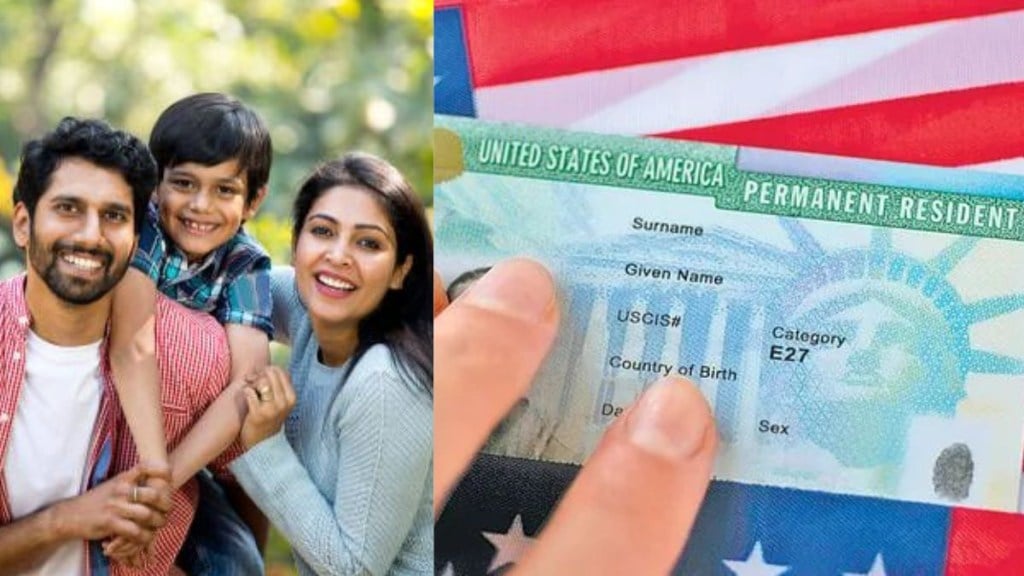A major immigration policy change in the United States could force thousands of children in Indian American families to lose their green card eligibility.
The US Citizenship and Immigration Services (USCIS) has announced that, starting August 15, 2025, it will change how it calculates a child’s age under the Child Status Protection Act (CSPA) — a law meant to protect children from “aging out” (turning 21 and losing dependent status) while waiting in the green card backlog.
What’s changing for green card eligibility?
Until now, USCIS allowed families to use the “Dates for Filing” chart in the monthly Visa Bulletin to calculate a child’s CSPA age. This chart shows the earliest date when you can submit your green card application, even if a visa isn’t available yet. For many Indian families stuck in long employment-based backlogs, this rule gave children extra protection by “locking in” their age earlier.
From August 15, 2025, USCIS will only use the “Final Action Dates” chart, it’s the date when a visa is actually available and the green card can be approved, to determine CSPA age.
Why does this matter for Indian families?
For Indians in EB-2 and EB-3 categories, Final Action Dates are often years, even decades, behind the Dates for Filing. This means children who were previously safe under the earlier calculation could now turn 21 before the Final Action Date is reached, losing eligibility as dependents.
In such cases, the child would have to switch to a student visa (F-1) or another temporary status, while parents move forward with their green cards — effectively splitting families’ immigration paths.
What about pending applications?
USCIS says the old policy will still apply to adjustment of status applications filed before August 15, 2025 if the applicant relied on the earlier rule when submitting paperwork.
Under immigration law, a child must generally be under 21 and unmarried to qualify as a dependent. Applicants must also apply for permanent residence within one year of a visa becoming available, although exceptions may be made for “extraordinary circumstances.”
